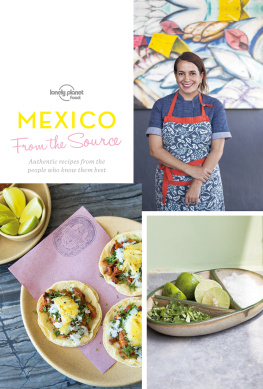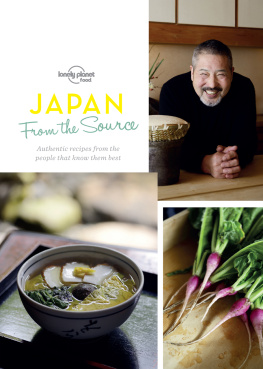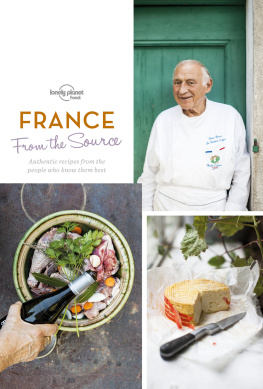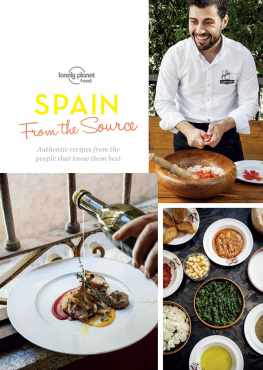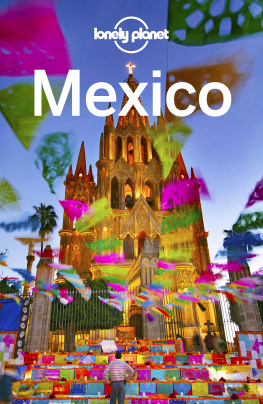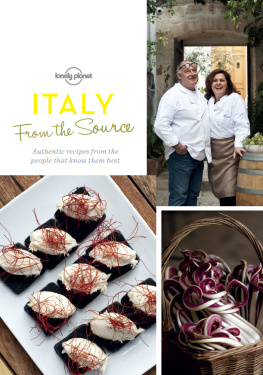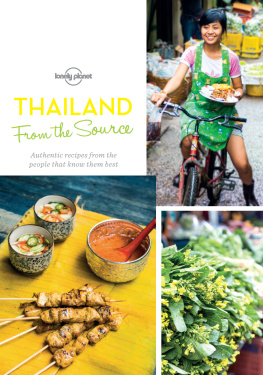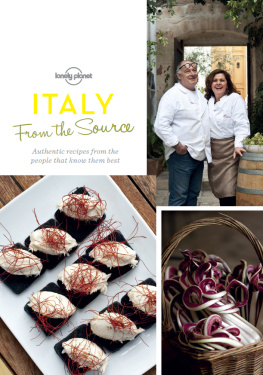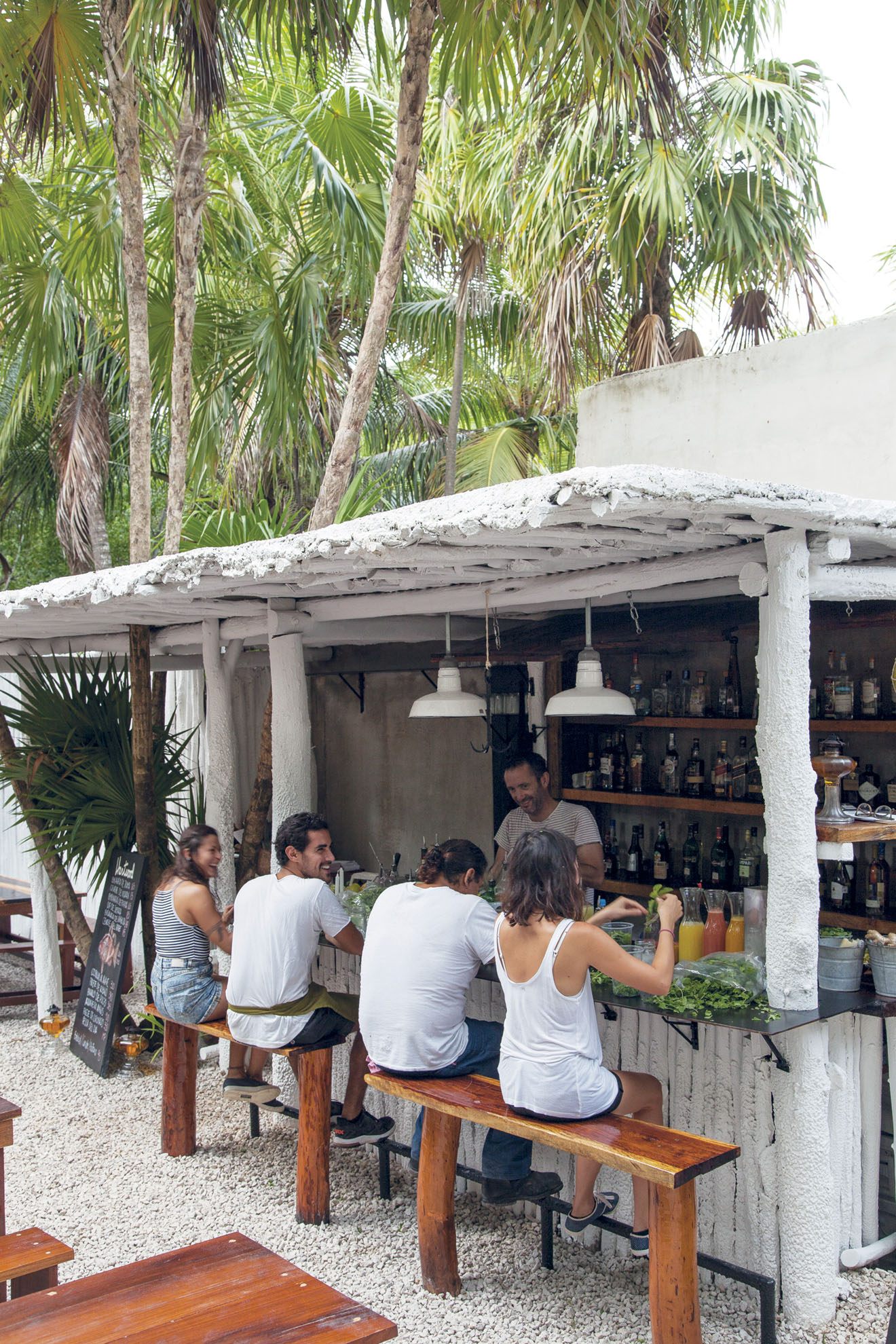



INTRODUCTION
A vibrant melting pot of striking flavours and pungent aromas, Mexican food is known the world over for its ingredients with a kick. Tangy chiles, sour lime and floral coriander characterise many of its recipes. Yet one of its best-kept secrets is that its dishes are also innately wholesome and satisfying. This a cuisine made to feed a community; comfort food at its best.
Mexicos local staples are steeped in history, shaped by the land and the sociology of its people. Many originate from a vegetarian Aztec diet; maize was cultivated by indigenous farmers thousands of years back. In Yucatn, ancient Maya flavours live on in the oft-used ingredients of sharp lime, oranges and the notorious habanero chilli. And with arrival of the Spanish in the 16th century came domesticated animals and other ingredients, giving the nation new twists to old methods.
Today Mexico is home to one of the worlds most renowned street food cultures. In Mexico City, antojitos (street-food bites) bestow the streets with scents of homemade salsa, rich onion and beef-topped chalupas and woody, blackened corn. Head to Oaxaca for a colourful street food scene with snacks like garnachas, originally served as party food at velas (festivals). Venture to Puebla and youll experience the city that gave birth to the chocolate and chilli mole poblano.
But street food can be found away from the markets too, in diners and gourmet restaurants throughout the country, where the only palpable difference is presentation. In Baja California, for example, upmarket seafood, trendy craft breweries and vineyards stretch along one of the worlds largest peninsulas. Here, young chefs combine local delicacies such as lobster and fish tacos with contemporary Asian flavours. The Pacific Coast is another slice of gourmet heaven: eat on sun-soaked terraces alongside shrimp markets, sampling local fruit, herbs and edible flowers that complement exotic dishes such as fish and coconut ceviche.
Despite its regional varieties, a common element unites this cuisine across the country: a collective resourcefulness. Communities pull together preparing for fiestas, at which food is created both to feed the masses and deliver a celebratory punch. Dishes come alive in the pueblos, with festivities marking patron saint celebrations, weddings and birthdays especially quinceaeras (15th birthday celebrations) think warming chiles en nogada, pork tacos and pots of pozole stew.
This is a culture in which local food, full of heart and prepared with an unlikely combination of humility and pride, is king. The Mexican food experience has earned the right to its status as one of the most exciting and authentic in the world.

MEXICO CITY & CENTRAL MEXICO
The great melting pot of Mexican culture, Mexico City combines a vibrant street-food scene with the countrys most celebrated haute-cuisine. Around the capital, several towns such as Guadalajara and Puebla have developed their own proudly distinctive local flavours


Crepes in creamy tomato sauce

Michoacn-style tortilla soup

Hibiscus tacos

Tuna tostadas

Marinated pork tacos

Fried tortillas in bean sauce

Shrimp confit chalupas

Fried corn kernels with bone marrow

Meat in its juices

Stuffed poblano pepper in walnut sauce

Suckling pig confit with tatemada sauce

Guadalajara-style custard

SOPA SECA DE NATAS
Crepes in creamy tomato sauce
Nicos chef Gerardo Vazquez is passionate about preserving Mexicos culinary traditions and it shows in his sopa seca de natas, an exceedingly rare lasagne-like crepe dish, an intriguing marriage of Mexican and French flavours.
Chef //
Gerardo Vazquez
Location //
Nicos, Mexico City
I f it werent for Mexico City restaurant Nicos, an old French-Mexican entre known as sopa seca de natas could well find itself in danger of extinction. Chef Gerardo Vazquez, a pioneer of Mexicos slow-food movement, simply wants to give the dish the exposure it deserves.
I am the only one who has put sopa seca de natas in a restaurant. Its important because many Mexican recipes have faded into obscurity, they go out of style and get lost along the way.
The recipe comes from French nuns working in the kitchen at Guadalajaras Capuchinas Convent in the mid-19th century, around the time of the French intervention in Mexico. Fast forward about six decades, as the Mexican Revolution is winding down, and Vazquezs grandmother is hired as kitchen staff, and its there where she learns the recipe for sopa seca de natas, which she would pass along to Vazquezs mother, Nicos founder Maria Elena Lugo.
Sopa seca de natas is essentially a tropicalised, savoury version of French-inspired crepe cakes. Poblano chile pepper slices and shredded chicken are sandwiched between layers of paper-thin crepes, then the dish is oven-baked in a creamy tomato sauce. Natas refers to the cream obtained from boiling raw milk, but mascarpone cream works as an acceptable substitute.

